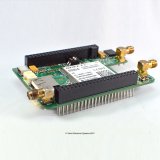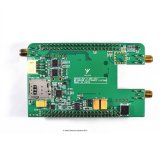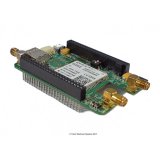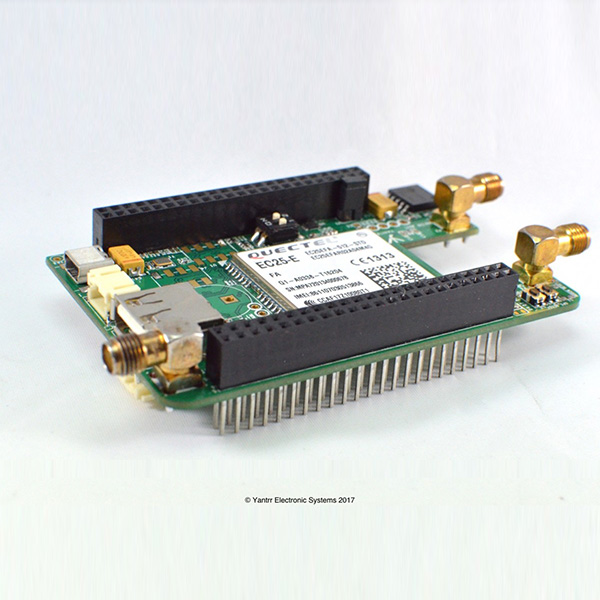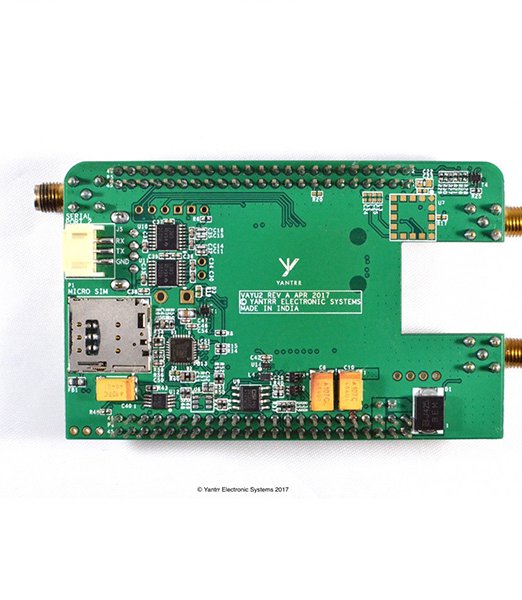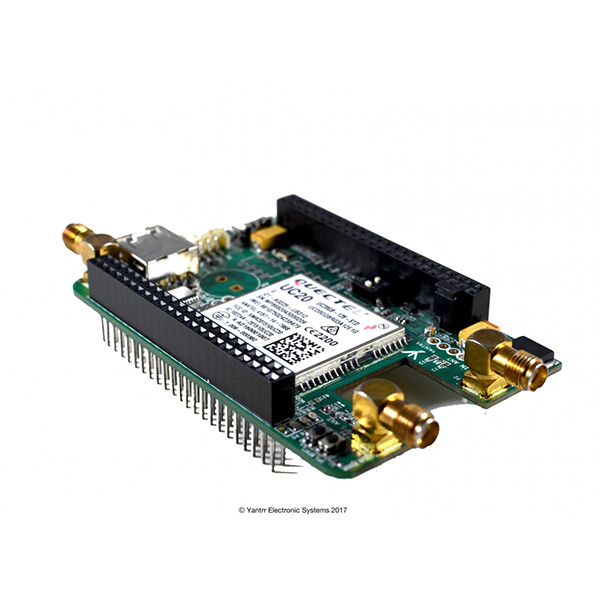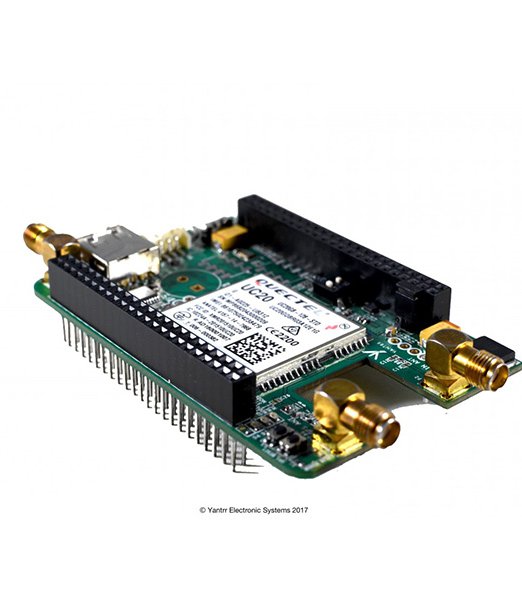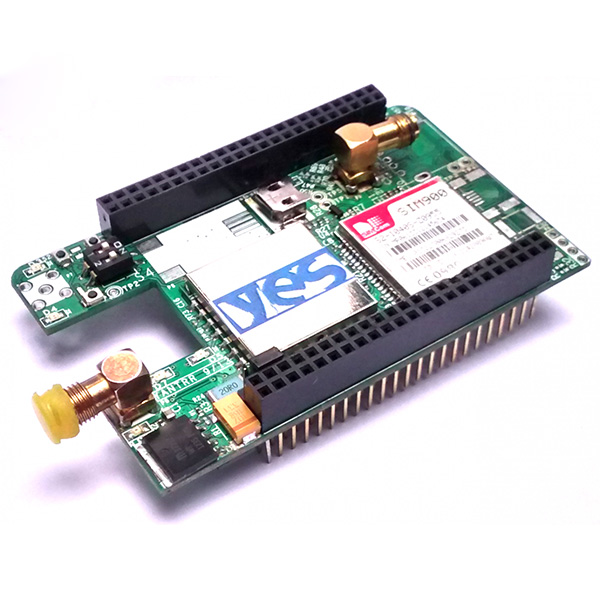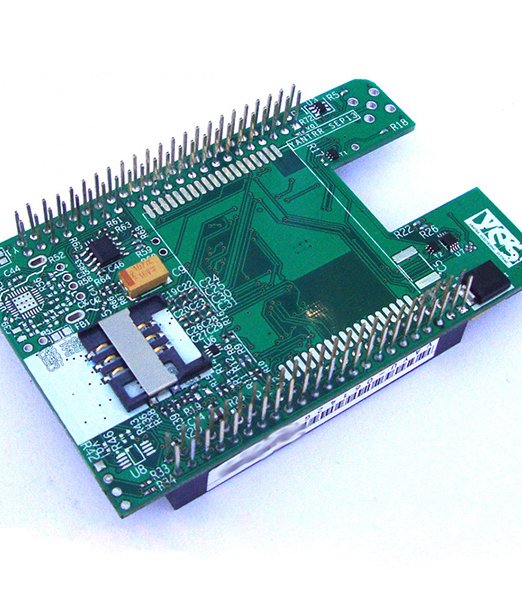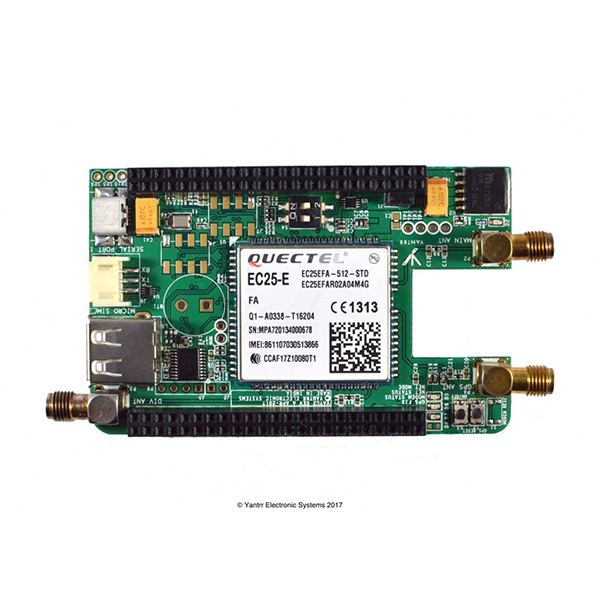VAYU2-4G (LTE,CAT4,Global) w/ GPS
VAYU2-4G (LTE,CAT4,Global) w/ GPS
$180.00
Ships in 1-2 weeks
Prices mentioned here are for Evaluation Units
Contact sales@yantrr.com for volume pricing.
Antennas are not included in the price and must be purchased separately as accessories. Recommended Quad Band GSM Antenna (2x), GPS Antenna (1x)
LTE, CAT4 150/50 Mbps, Built-in GPS
This VAYU2-4GEG25-G cape provides 4G/LTE,CAT4 connectivity for global data communication . It meets the ever increasing data throughput requirements in M2M sector, specifically for video, voice-over-IP, and high speed realtime logging applications. The cape includes an integrated GPS/GLONASS receiver for precise location.
- FDD LTE: B4/B13 bands covering regions/carriers of America (Verizon Network) (please check supported bands with your carrier)
- 4G/LTE connectivity
- Up to 150 Mbps (DL)/ 50 Mbps (UL) speed in LTE FDD mode
- Integrated GPS capability provides standard compliant NMEA based geolocation using GPS/GLONASS systems
- SMS Send/Receive
- Push-Push MicroSIM card connector
- Main and Diversity antennas for enhanced connectivity
- Stackable BeagleBone header to mount other capes
- Please check the datasheet of this module here
The cape communicates with Beaglebone over HS USB , utilising its USB host port. To compensate for this used USB port on Beaglebone, we have provided an USB host port on our cape for connecting user devices. The cape is shipped with a mini USB-B to USB-A cable for connectivity to BeagleBone system, while it is mounted on standard BeagleBone header.
We provide full software support for VAYU2-4GEG25-G which includes kernel modules with drivers, device tree overlays and sample wvdial files.
As an added value for M2M applications, 2x utility UART ports with a robust +/- 15KV ESD protection and +/- 25V receiver voltage tolerance are provided on these capes to overcome the standard BeagleBone UART’s 3.3V level limitation. Standard 3-pin JST connectors are used to connect to UART signals.

